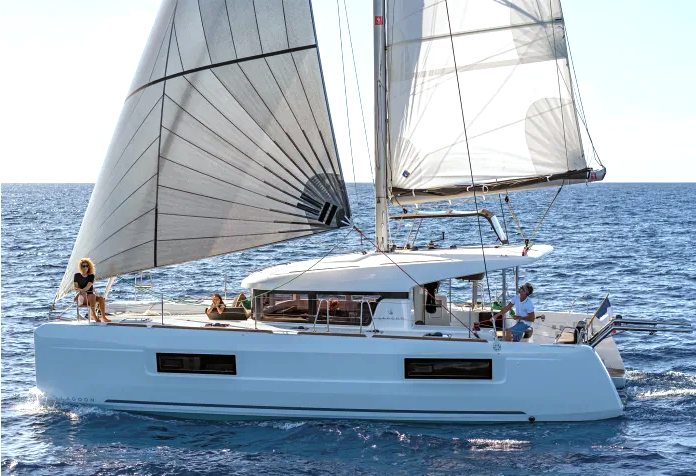
Dustin Reynolds Receives OCC Barton Cup Award
Double-amputee sailor Dustin Reynolds has received the Ocean Cruising Club’s premier award, the OCC Barton Cup — an award that salutes an exceptional or challenging voyage or series of voyages. Reynolds became the first double amputee to sail around the world singlehanded when he completed his seven-and-a-half-year circumnavigation in Hawaii earlier this month aboard his Bristol 35, Tiama.
After losing his left arm and part of his leg when the motorcycle he was riding was hit by a drunk driver, Reynolds embarked on the voyage as part of his recovery — with little experience and little to no money. His boat, Tiama, is “extremely low-tech, with no electric winches or other gizmos to make his sailing easier.”
We’re featuring Dustin Reynolds in the February issue of Latitude 38, which hits the docks next week. In the meantime, you can hear his story on a recent episode of Good Jibes. Tune in here.
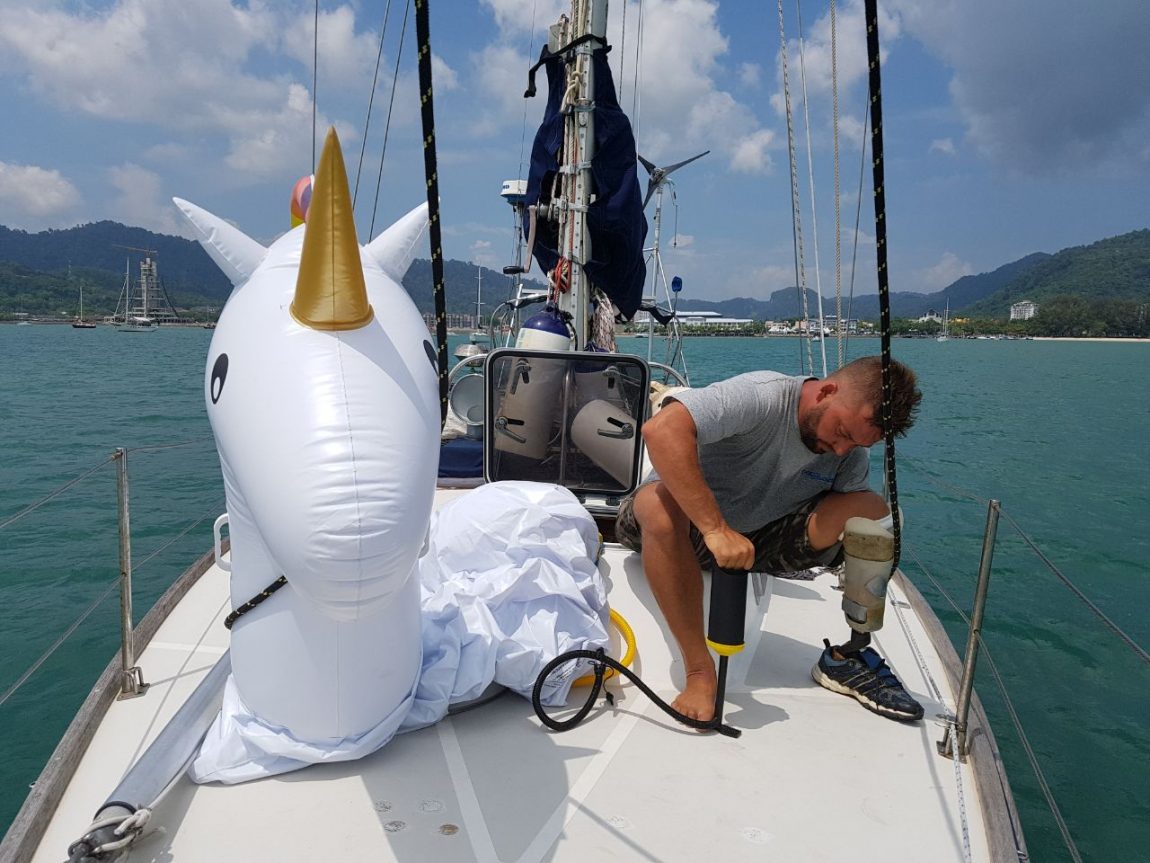
The OCC press release lists all the award recipients for 2021 and can be viewed here.
The Ocean Cruising Club is a “worldwide community for adventure sailing. Since 1954 The OCC is the ‘home port’ for those who have sailed long distances across big oceans. With 45 nationalities represented among more than 3100 members, and Port Officers around the world, we have a more diverse membership and a more international reach than any other blue water sailing organization. The Ocean Cruising Club exists to encourage long-distance sailing in small boats.”
The OCC rules state that to become a full member you must have “completed a qualifying voyage of a non-stop port-to-port ocean passage, where the distance between the two ports is not less than 1,000 nautical miles, in a vessel of not more than 70ft (21.36m) LOA.”
Would you qualify?
Who Should Pay for Coast Guard Rescues?
The last few years have seen a resurgence of participation in sailing. Two primary drivers have been social media putting more sailing on display through video bloggers, Instagram and others, while the pandemic has kept people close to home and reconnecting with more outdoor activities, including sailing.
We think more people sailing is a good thing. However, more inexperienced people on the water means more accidents. According to the Coast Guard there were 26% more accidents in 2020 than in 2019. Inevitably, when we write about sailors getting into trouble and requiring rescue, there’s tremendous support for the Coast Guard, but also the occasional outcry from some suggesting that whoever is rescued should pay for the government resources required.
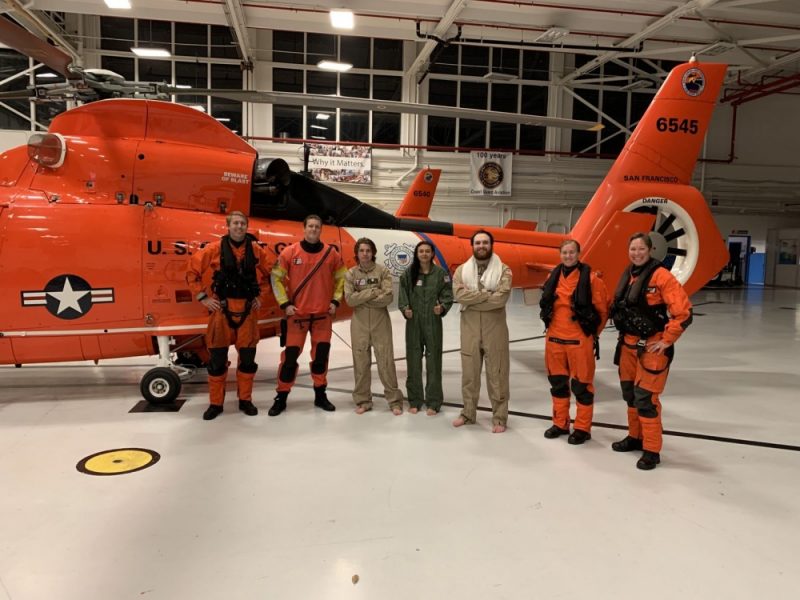
A recent story in the New York Times describes this phenomenon in hiking as well. The pandemic has inspired more people to take to the wilderness, with many of those getting in over their heads. The Times reports that New Hampshire, Hawaii, Idaho, Maine, Vermont and Oregon currently have varying laws on the books to seek reimbursement from offenders. This is obviously murky territory, as the skills, preparations and circumstances of each rescue vary widely. In a recent case in New Hampshire a family that misjudged the length of their hike is being billed $5,000 for the rescue. Though New Hampshire claims they don’t do it often, they will when circumstances warrant. There’s room for lots of gray zone there.
Conversely, the question is asked, “How do you behave if you know you’re going to be billed for a rescue?” Might you decline to call for help? Could that endanger innocent lives? There are endless situations where the fire department or other emergency services respond to accidents, some of which might be caused by negligence, though those rescued are not billed by emergency services. Like medical care, most perceived emergency situations don’t allow time for you to shop around for the best rescue price or to pull up a deal on Groupon.
Some readers responded ‘Yes’ to the question posed in the New York Times, “You Got Lost and Had to Be Rescued. Should You Pay?” with one reader adding, “This has been standard practice in Europe for decades. To hike in the Alps you buy insurance to cover you in case you need to be rescued. So strange that Americans think health care should not be provided by the state but rescues from recreation should.”
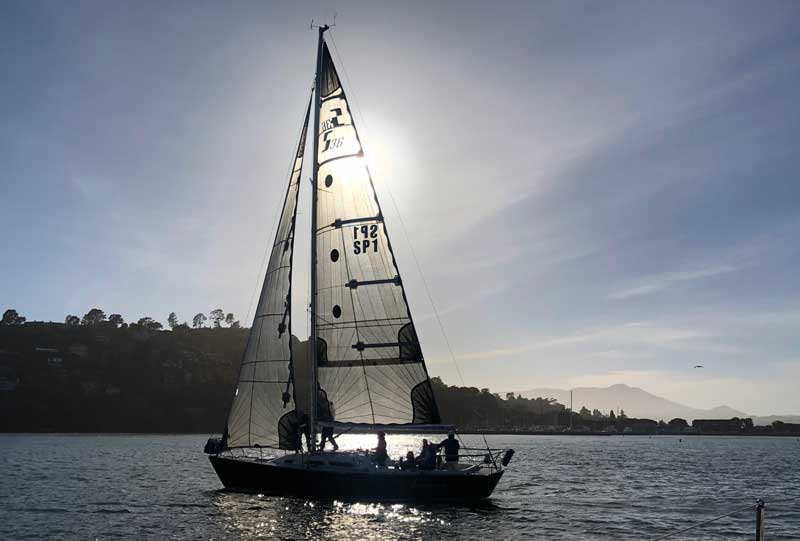
We don’t see a clear answer that can be applied across all situations, but we do know we were all inexperienced sailors at one time, and even the most experienced sailors can get into trouble. Two guiding principles to be brought on board and learned while sailing are personal responsibility and self-sufficiency. We think we should all do all we can to welcome new sailors and help them and ourselves avoid any situation requiring the aid of the Coast Guard or other emergency services. And for new sailors, there are endless great sailing schools, mentors and others willing to help you avoid the worst.
What do you think? Let us know in the comments below.
Skippers Wanted: US Coast Guard-Licensed Captains for Charters and Private Lessons
Wanted: US Coast Guard-licensed captains for charters and private lessons. For power and sail. Hourly rate from $50 up. Weekend and weekday work available.
1160 Brickyard Cove Road, Suite 21, Richmond, California 94801 • (510) 236-2633 • [email protected]
Ghost Ships of the San Francisco Bay
After a long pandemic pause, the Corinthian Speaker Series will return in 2022. At the first event on Thursday, February 3, Pat Broderick and Garland Sloan will present Ghost Ships of the San Francisco Bay.
The program will start at 7 p.m. in the grand ballroom at Corinthian Yacht Club in Tiburon. Masks are required, but reservations are not, and admission is free.
The first ship to enter San Francisco Bay was the Spanish packet San Carlos, commanded by Lieutenant Juan Manuel de Ayala, on August 5, 1775. The San Carlos departed September 18, 1775. Since that day, not all ships have departed the Bay — or arrived — successfully.
How many shipwrecks lie scattered on the floor of the Bay, or in nearby waters or in landfill? Few of us are aware of these relics from San Francisco’s maritime past, many of them forgotten for a century or more. Yet every day Bay Area residents pass over long-buried ships. Some Muni riders even tunnel through a ship on their daily commute. This program will bring to mind again some of the steam schooners, Gold Rush ships, Golden Gate wrecks and US Navy ships that forever remain ‘ghosts’ in our waters, if not in our memories.
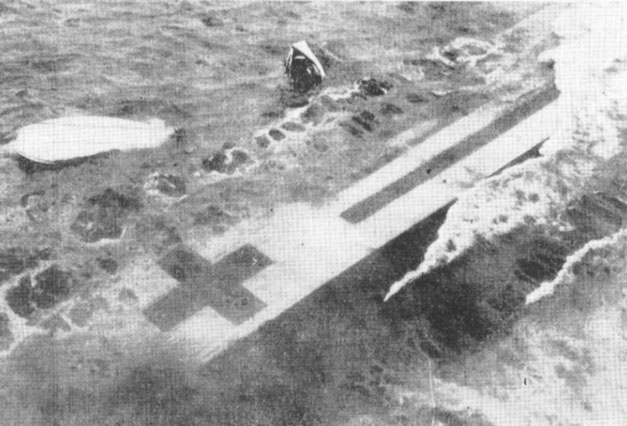
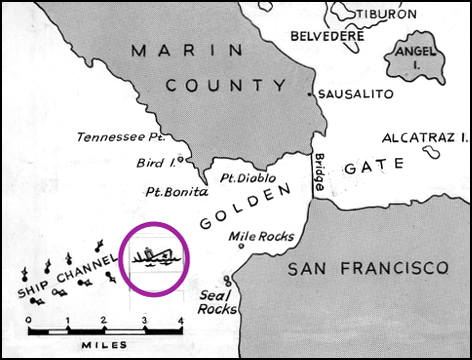
Pat Broderick has sailed on San Francisco Bay since 1971. He became interested in San Francisco Bay nautical archeology when a tugboat engineer neighbor came home with wine bottles from a Gold Rush-era ship uncovered by construction along the old Embarcadero. Pat is well known to Bay Area racers, as both a race organizer and competitor, currently sailing his Wyliecat 30 Nancy.
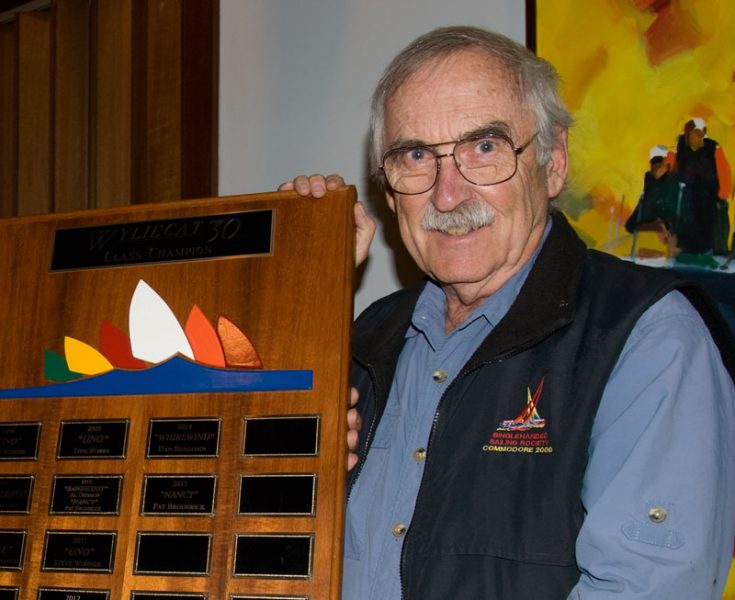
A young US Navy Corpsman, Garland Sloan was aboard the USS Benevolence on the day it sank in 1950. Garland can, and will, recount his experience after the sinking with stunning recall and detail.
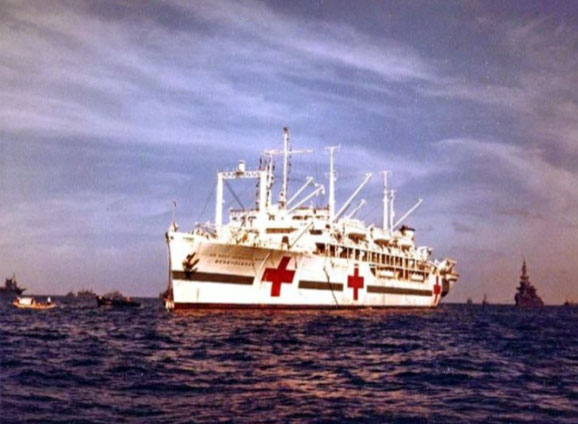
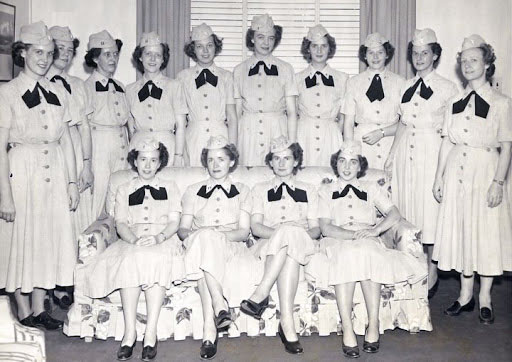
Remembering the Classic 115-ft Schooner ‘Eros’
Longtime Latitude 38 readers might remember reading stories about Eros, a 115-ft schooner that spent spent a couple of decades in the Bay Area — first undergoing an extensive refit (imagine 19 years) and then sailing in company with many of the Bay’s well-known, classic schooners. Eros was built in England in 1939 and was sailed in the northern waters until around 1974, when her newest owner took her chartering in the Caribbean and the US East Coast. Eros was also at times docked in San Francisco Bay at Treasure Island.
In 1990, Eros was sold to a German sailor who had plans for a major refit. She was docked at Stone Boat Yard in Alameda, which was owned by Bill and Grace Bodle of Berkeley. Several years into the project the German, for reasons not entirely known, was unable to continue, and the Bodles took over ownership of the partially rebuilt schooner. Upon completing her refit in 2009, the Bodles soon took Eros back to the Caribbean where, prior to owning the boatyard, they had spent 18 years chartering. Their original intent was to sell the vessel, but when they realized her worth as a charter boat, the couple decided to put Eros to work.
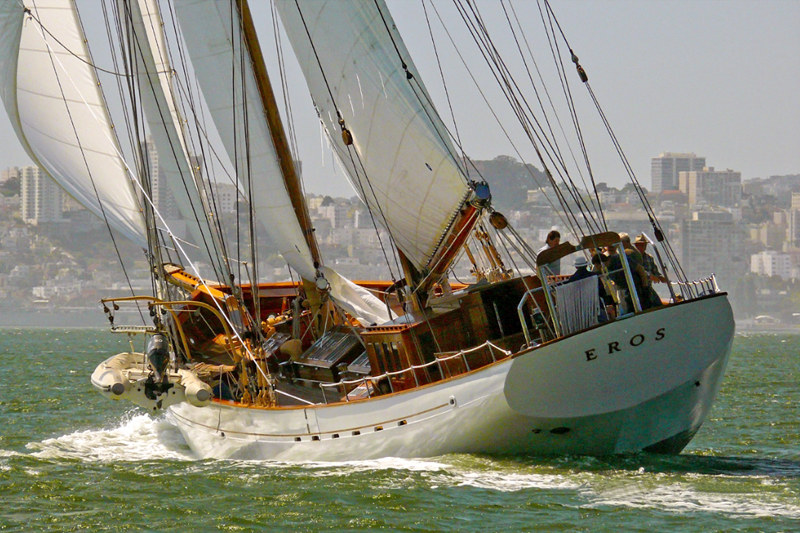
Fast-forward a few years to 2016, when Bill and Grace are ready to part with Eros, and the sailboat once more changes hands — this time to lifelong sailor and part-time Bay Area native Cameron Riddell. Cameron was a young boy when he first met the Bodles in the early 1970s. He and his sister were sailing the Med aboard their parents’ Hillyard 43 cutter, Gay Vandra. Cameron struck up an enduring friendship with the Bodles and kept in touch over the following decades. By the time Eros was ready for a new owner, Cameron and a partner were ready to take her on.
Readers and sailors who remember Eros from her days of sailing the far reaches of the Bay, and competing in the Great Schooner Race alongside other Bay classics such as Gas Light, Freda B and Jakatan, just to name a few, might be interested in knowing what the schooner is up to these days.
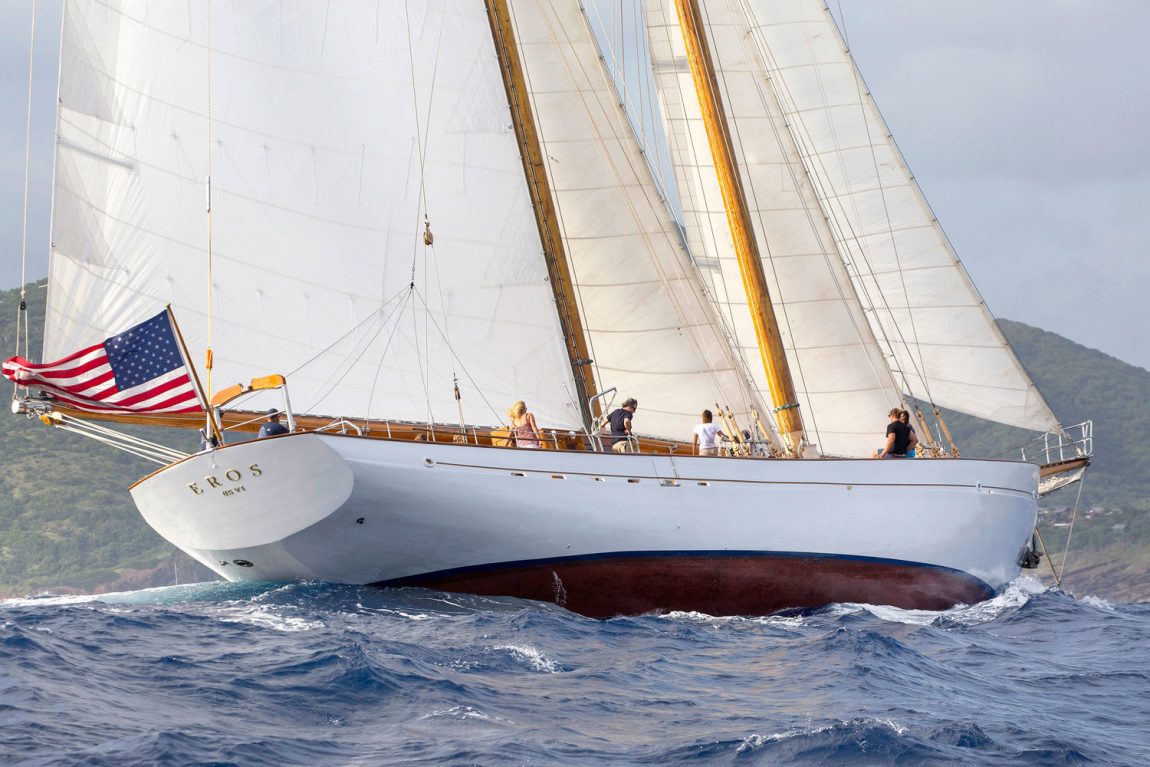
Cameron wrote and told us Eros is once again chartering in the Caribbean, and like many well-known boats, Eros is the star of her own YouTube channel — but with a difference. Whereas many of the sailing YouTubers show us the daily life aboard a 30- to 50-ft vessel, Eros, with her 9,000 sq. ft. sail area, is home to her crew of four — Cameron, Justin (captain), Aimee (chef), and Jared (mate). Cameron says the four crew are like family, and together they share with their viewers not only their daily lives aboard the ship, but also the extra activities they enjoy. For example, their growing library of videos will include footage from the time they built a wooden dinghy as part of a class hosted by the East Coast’s Wooden Boat Magazine. The crew also plan to share their experiences as they dive into ocean conservancy and other related projects. Right now, you can take a look and see what Eros and her crew have been doing as they share the beauty of the Caribbean islands with guests who have joined them for various charters.
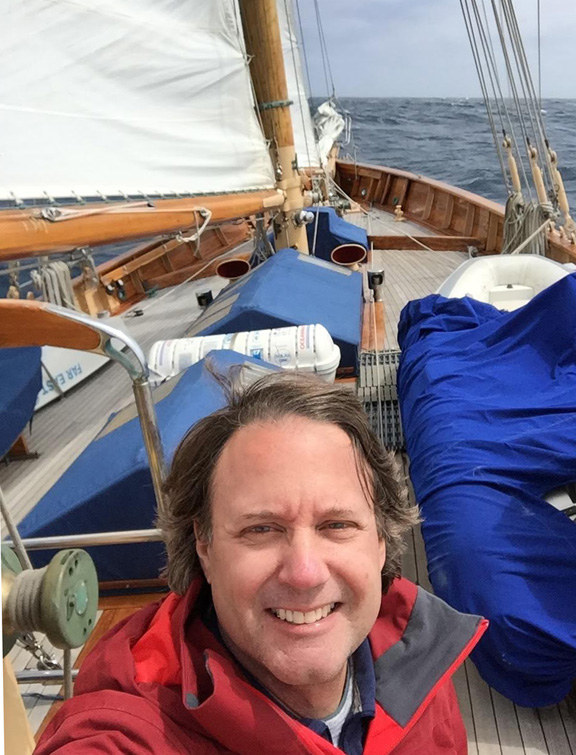
While it’s great to see Eros living a full sailing life in a wonderful location, we also hope she will one day return to grace the Bay with her majestic presence. Even if just for a little while.
As fans of this iconic schooner, Latitude 38 has written about her multiple times over the years. So if you want to learn more about her, check out the following links:
What are your memories of Eros? Did you sail aboard her on the Bay, or perhaps even in the Caribbean? Let us know in the comments below.

